The It vase: fashion’s love affair with pots
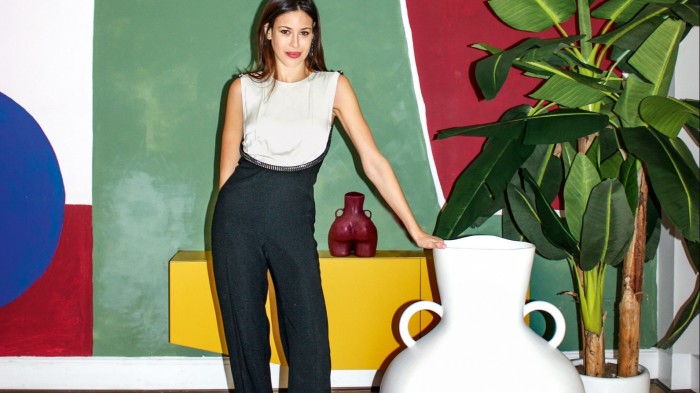
Roula Khalaf, Editor of the FT, selects her favourite stories in this weekly newsletter.
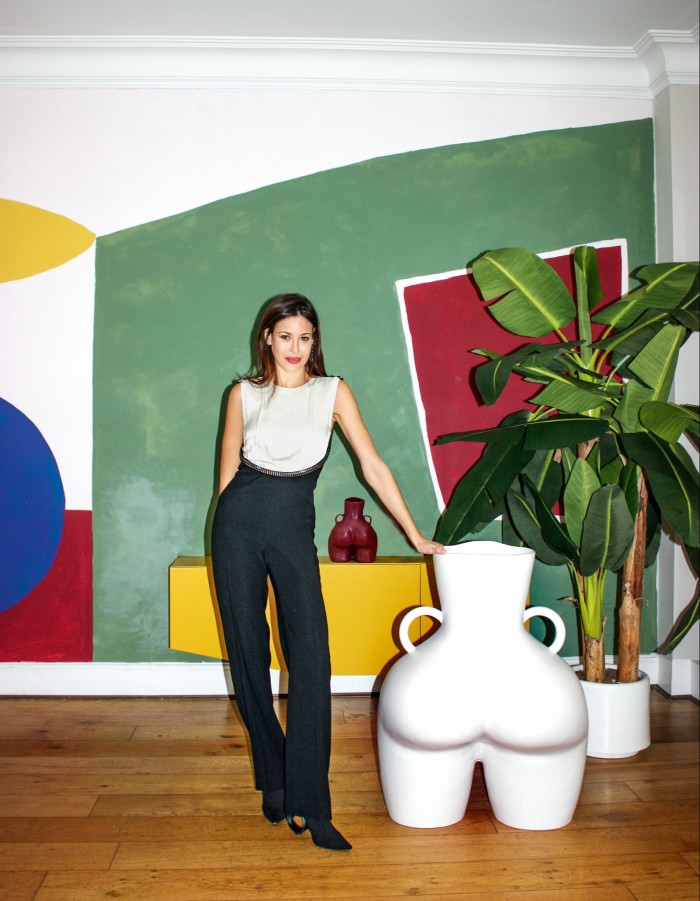
Could the vase be the ultimate ornament of the digital age? In a moment when our lifestyles are distilled into tableaux, curated to fill social-media feeds, it lends instant visual swagger. A flower-filled vase takes centre stage at fashion dinners through the stylised medium of the “tablescape”; at home, it communicates creative flair and artisanal tastes and – unlike wallpaper or upholstery – offers a chance to experiment in a non-committal way (tire of one, and it can effortlessly be replaced). No wonder the vogue of the vase is in full swing.
“These days fashionable tastes apply to customers’ homes as much as they do to clothes,” says Natalie Kingham, fashion and buying director at Matchesfashion.com. “A vase can be a really easy way to update a room, and with artist collaboration pieces it’s like buying a piece of art or sculpture.”
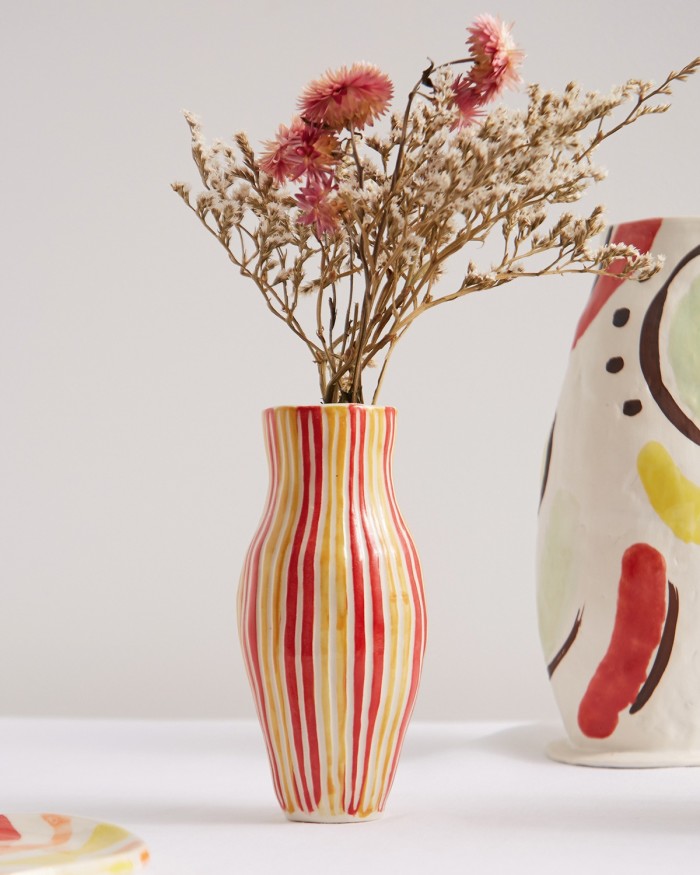
Forget the It bag, this is the age of the It vase. A love of pots, says Kingham, runs in tandem with fashion’s love of flowers and floristry – at both ends of the price spectrum. A £45 Bud vase by the American ceramic artist Jessica Hans is just as likely to sell out as Roksanda Ilincic’s limited-edition painterly urn, designed in collaboration with Linck Ceramics and Nick Vinson, priced at £1,380.

Ilincic is not the only fashion designer championing the vase. For autumn/winter 2019, Jonathan Anderson devoted a Loewe capsule collection to the British Arts and Crafts ceramicist William De Morgan. The Persian-inspired motifs, informed by tiles and pots, embellished everything from trench coats to trousers and totes, and campaign imagery saw models pose alongside original decorative urns from the De Morgan Foundation (Anderson is a well-known vessel obsessive, scouring auction houses for serious finds).
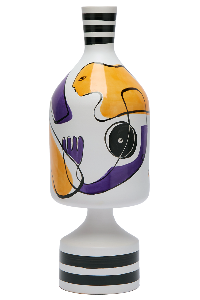
When the French fashion designer Simon Porte Jacquemus opened his second restaurant Oursin inside Galeries Lafayette Champs-Élysées in Paris last September, he decked the simple whitewashed interior with dozens of ceramic vessels placed within alcoves in the walls. Oursin is as much a miniature ode to the urn as it is an epicurean destination. On show are the sinewy, textural creations of the Italian ceramicist Paola Paronetto (crafted from a blend of paper and clay), chic leather vessels by the French studio Forget Me Not and the playful, cartoon-like forms of Yuko Nishikawa.
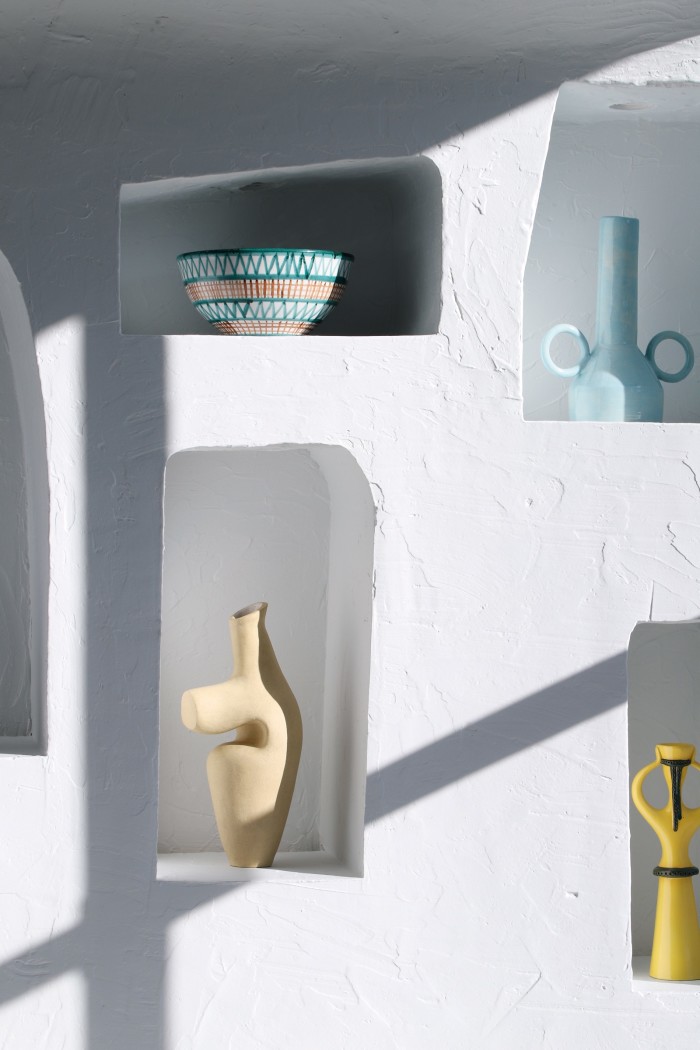
Most of the pieces were sourced at 1,000 Vases, an itinerant exhibition that celebrates the form on a monumental scale. After visiting the first iteration in Paris in 2018, Jacquemus was similarly inspired to decorate his newly refurbished office with three pieces from artists who had exhibited at the show, and last November even offered a curated selection at his 10th anniversary archive sale, dubbed La Braderie, displayed alongside oversized sun hats and colourful Le Chiquito bags.
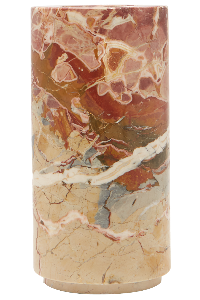
So why is fashion so enamoured with the vase? “It’s a very immediate symbol,” says Francesco Pirrello, the Milan-born, Paris-based co-creator of 1,000 Vases, which sees designers, furniture-makers and ceramicists offer their take on the form. “It’s an object that everyone can understand without explanation, and for artists it’s a flag showcasing their style.” To date, the exhibition has travelled from Paris to Dubai and back – each time with an entirely new roster of vessels. Its next stop will be Superstudio Più in Milan, coinciding with the Salone del Mobile furniture fair in April. Pieces can be secured for as little as €50, but for Pirrello the secret of the show’s success is its scale. “It’s like viewing a huge crowd at a concert,” he says of the spectacle. “En masse you suddenly feel the diversity and the richness of the designs.” Pirrello is passionate about the value of the vase as a medium for artistic expression. “It’s not just a trend of the moment – as a form it’s timeless, in the same way that the lines of an Egyptian vase have the power to represent the past.”
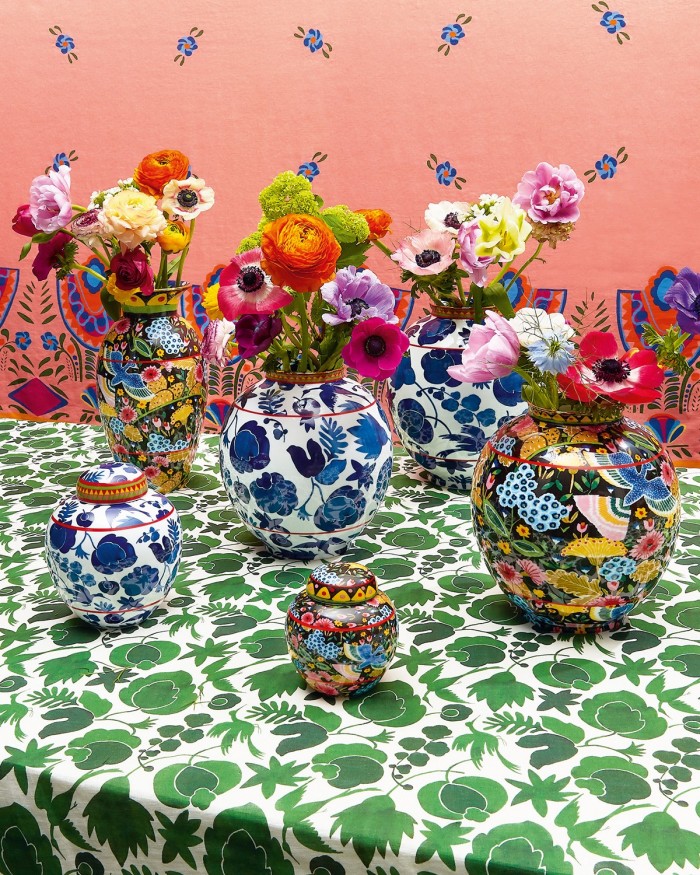
Certainly, the vase has a long and storied history. The decoration of ancient Greek urns has been the subject of decades of academic study – and the source of Keats’ poetic assertion that “beauty is truth, truth beauty”. Later, the pot became a passion project for contemporary artists such as Cocteau, Chagall and Picasso. According to Left Bank gallerist Thomas Fritsch, an expert in postwar French ceramics, these artists spawned a revival.
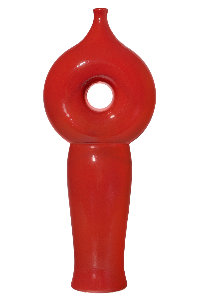
“Perceptions of the vase have completely changed over the past 50 years or more,” he says. “They were designed as functional objects, but thanks in part to artists like Picasso they’re now perceived more as sculpture.” The sheer proliferation of vases also makes them one of the biggest markets for collectors, he adds. “There are so many styles that you get a complete range of creativity. The prices are much more affordable compared to a painting – you can buy a real masterpiece for €10,000.”
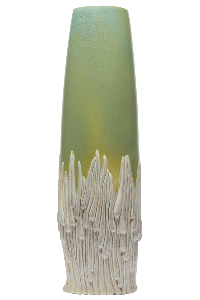
Alongside highly sought-after creations by ceramic masters such as Georges Jouve, Fritsch offers the work of Suzanne Ramié. It was Ramié (co-founder of the Madoura pottery factory close to Antibes in France) whose skilful hands shaped the ceramics of Picasso. The single-minded Spanish artist wanted her to work exclusively for him – she refused. Her own bright, bold designs are a lasting testament to that blazing spirit – and a symbol of the marriage of art and craft that underpins the vase.
Modern collectables in the making can be found among the collections of jewellery innovators – their creativity finding fresh form in contemporary ceramics. Completedworks’ sculptural aesthetic spans both mediums. Its organic vessels – which fold, twist and contort in the same way as its jewels – are created to spark wider conversations about history, politics and the human condition.
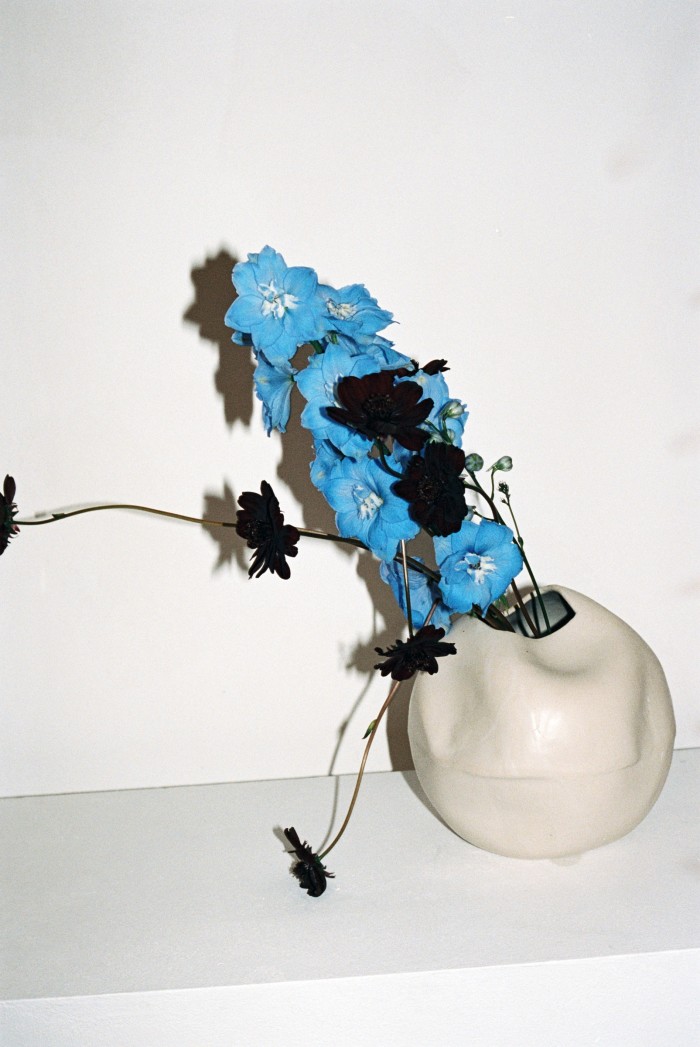
But the last word must surely go to London-based French-Algerian jeweller Anissa Kermiche, whose provocative Love Handles vase – referencing the figurative forms of Brancusi and Botero and the humanistic, often humorous, elements of Picasso’s ceramics – was an instant Instagram hit. “I like finding the human side in every object. When you look at a classical vase, the curves resemble the waist and hips of a woman,” she says. “People are often lost when they decide to invest in art, but want something different for their home. This appeals, as it’s accessible and daring. People tell me it brings life to their room. They’ve sold in their thousands and people can’t seem to get enough.”
This story was originally posted on 27 February 2020.
Comments